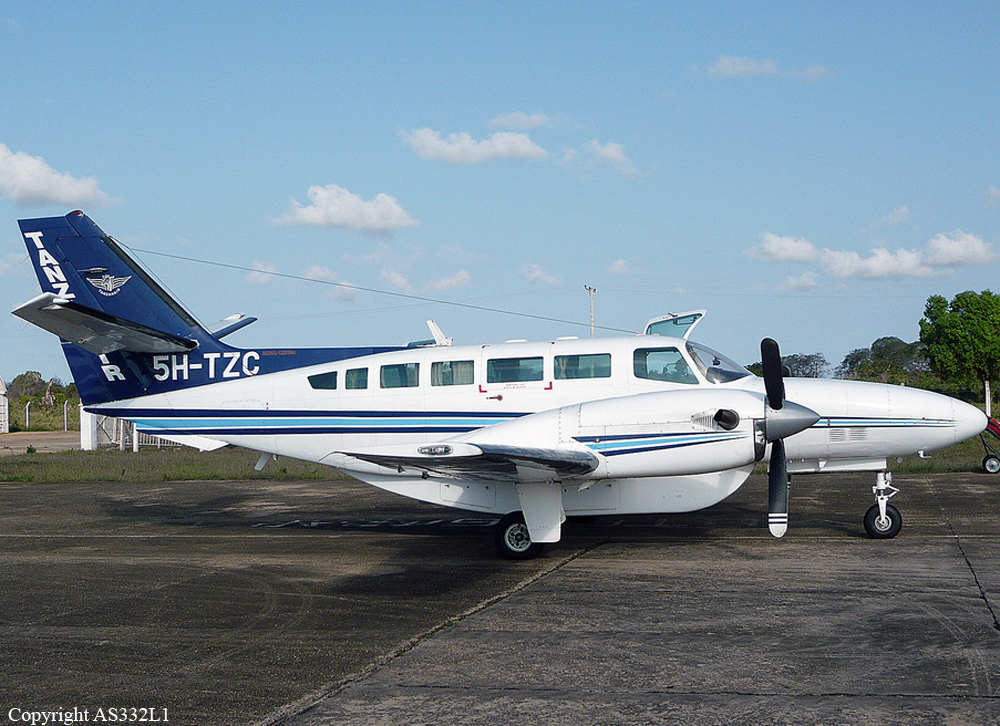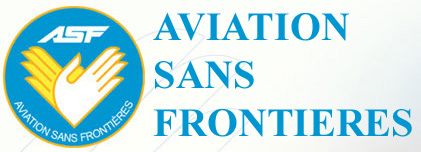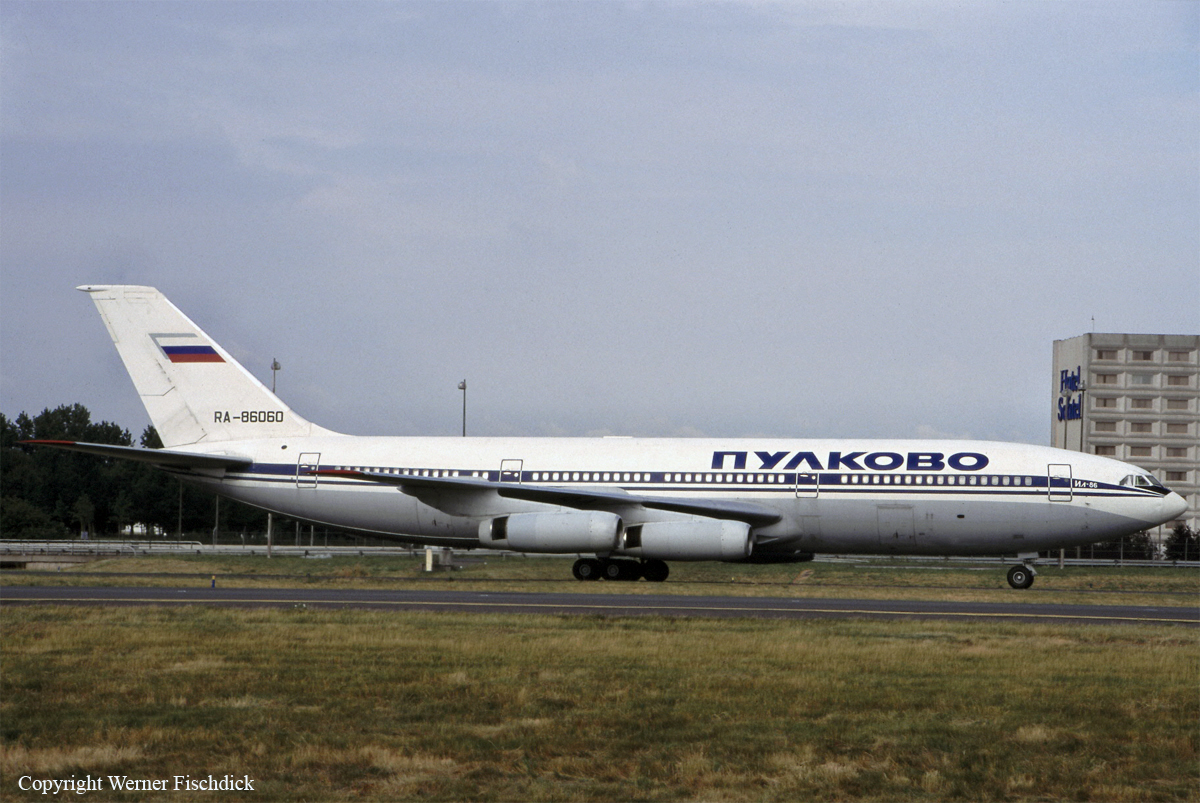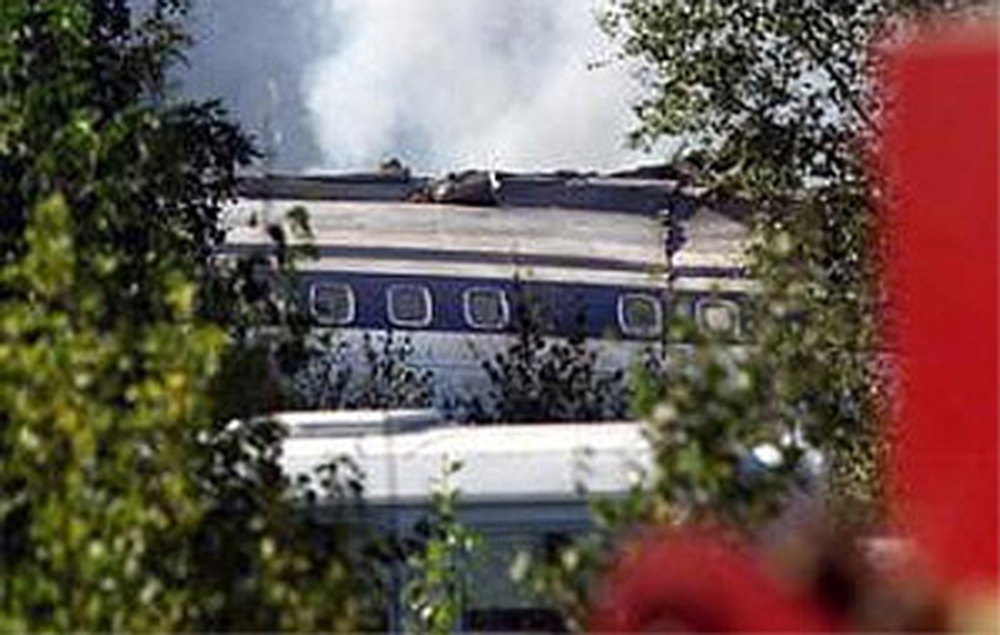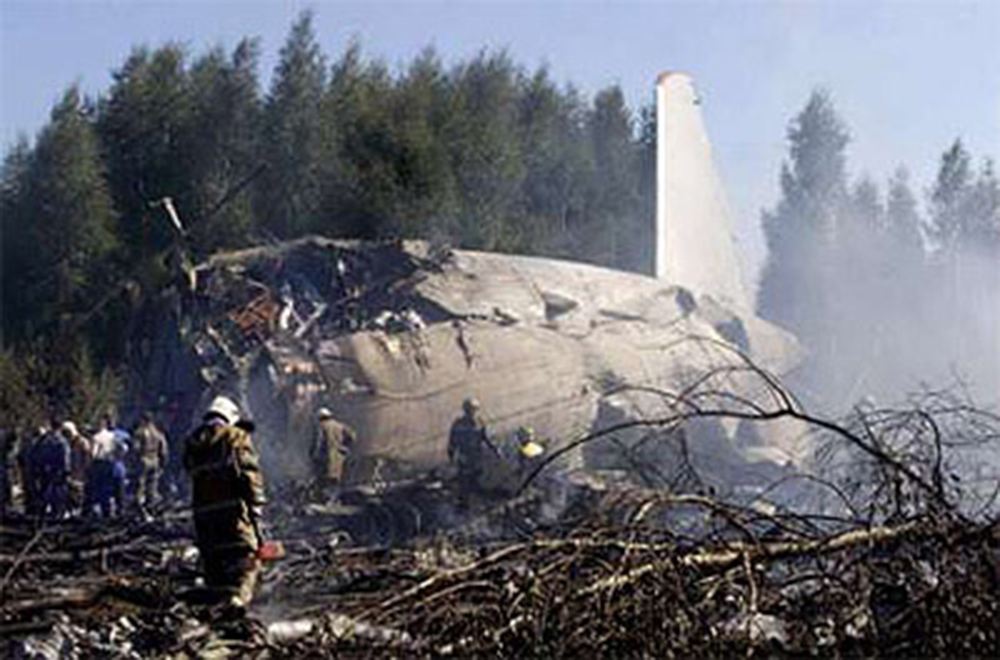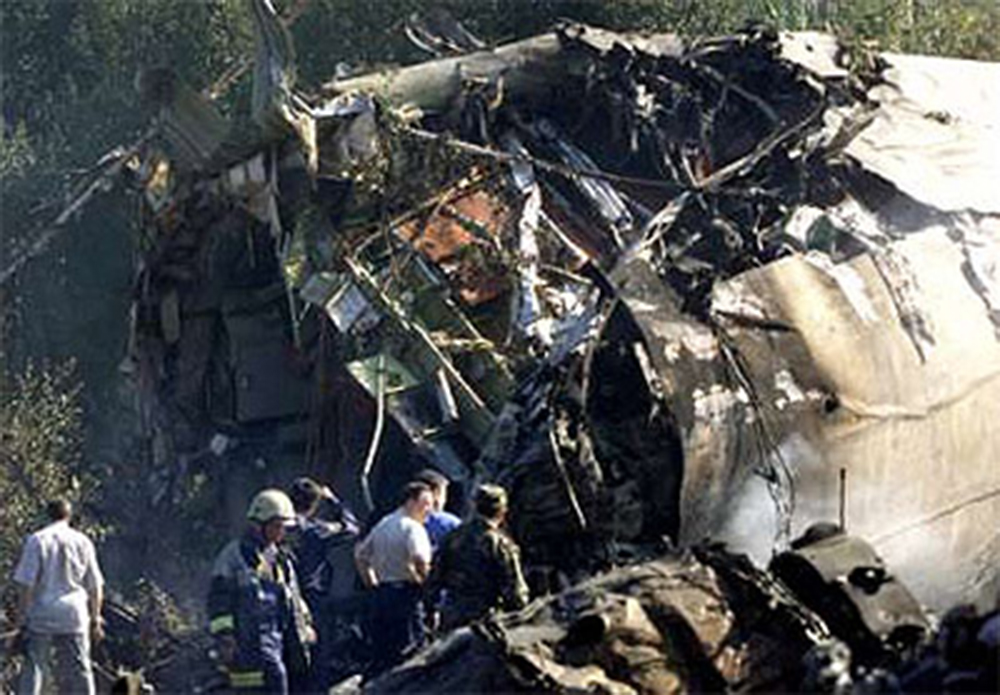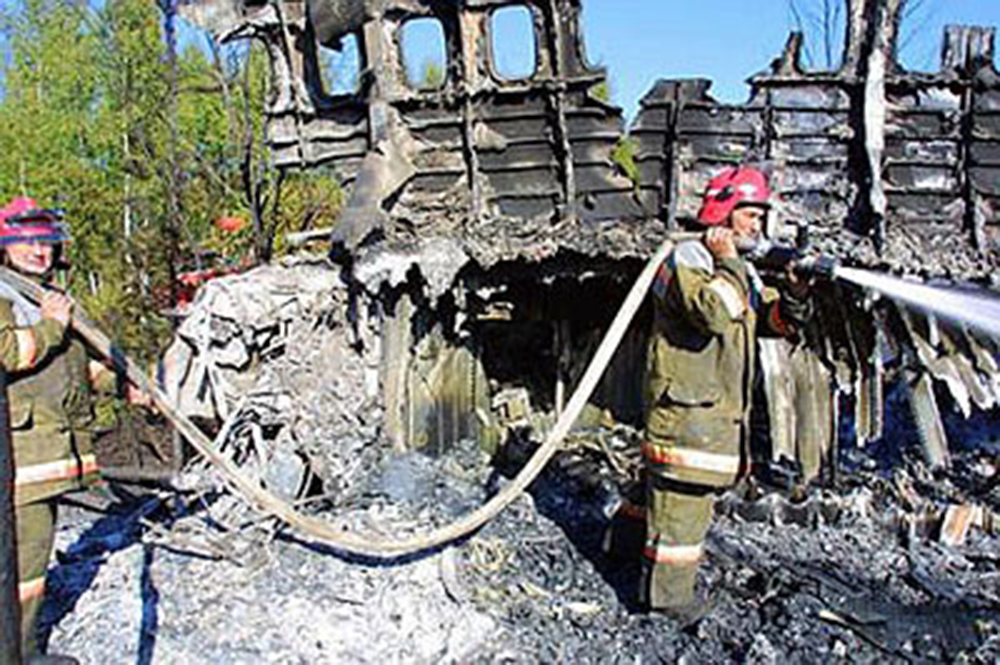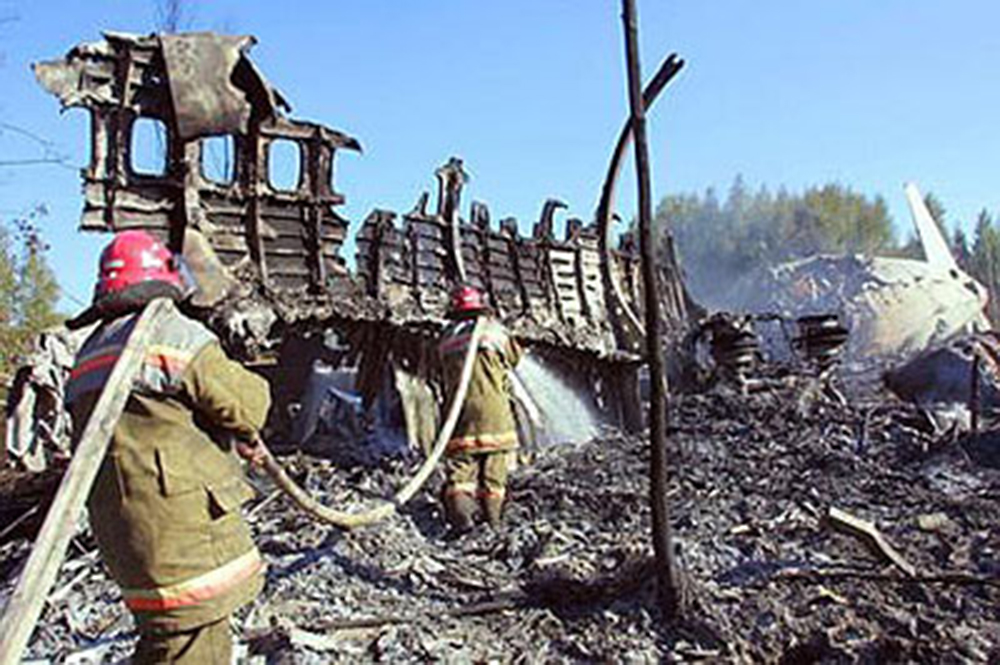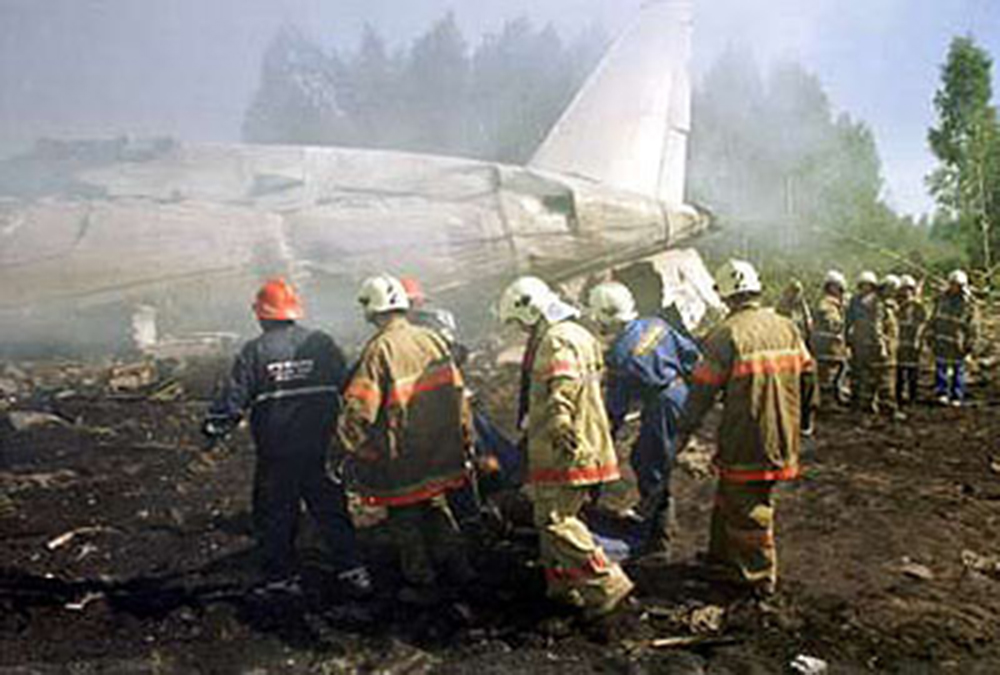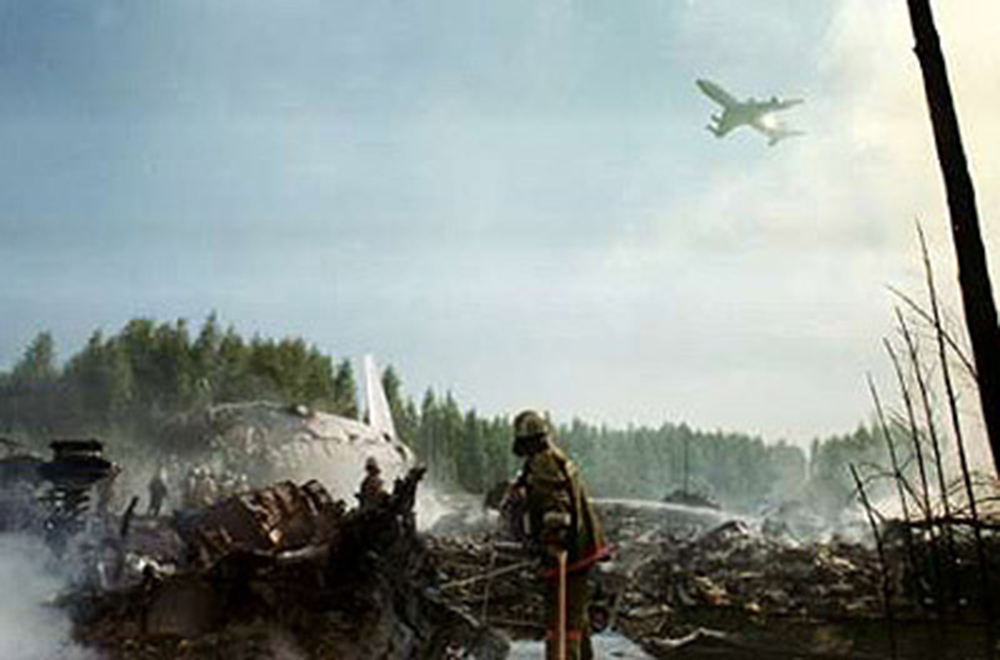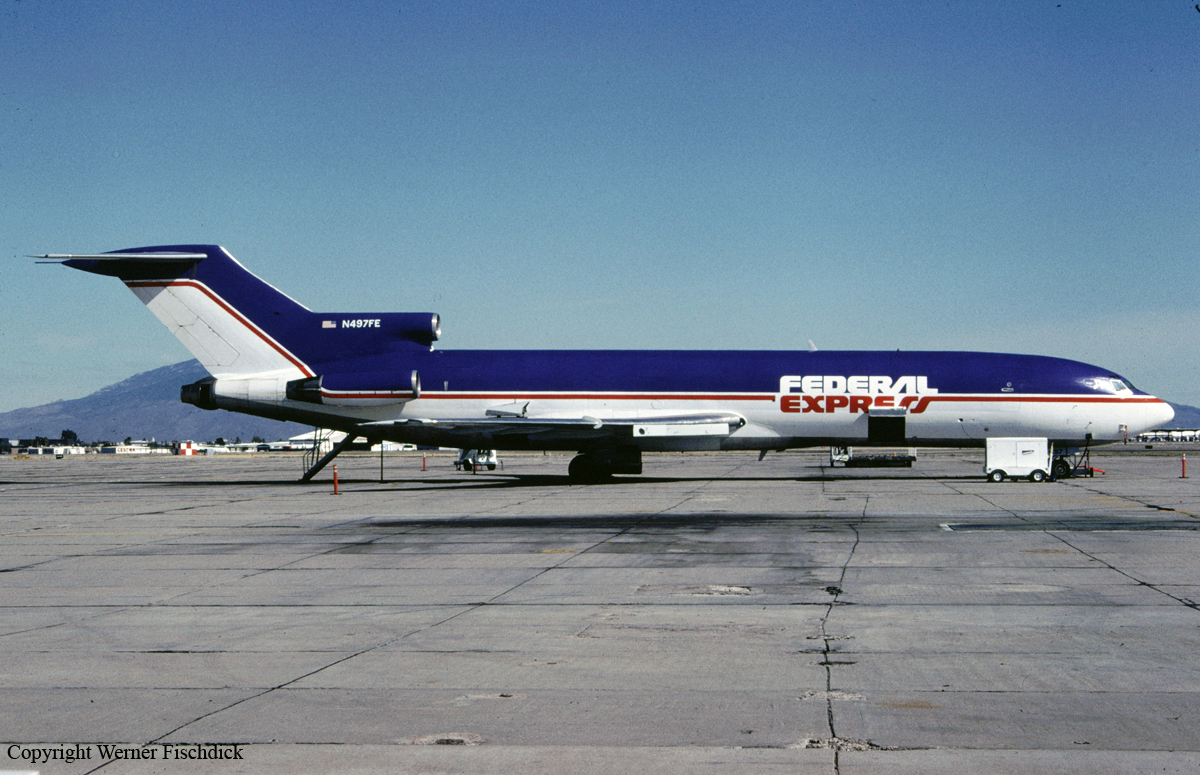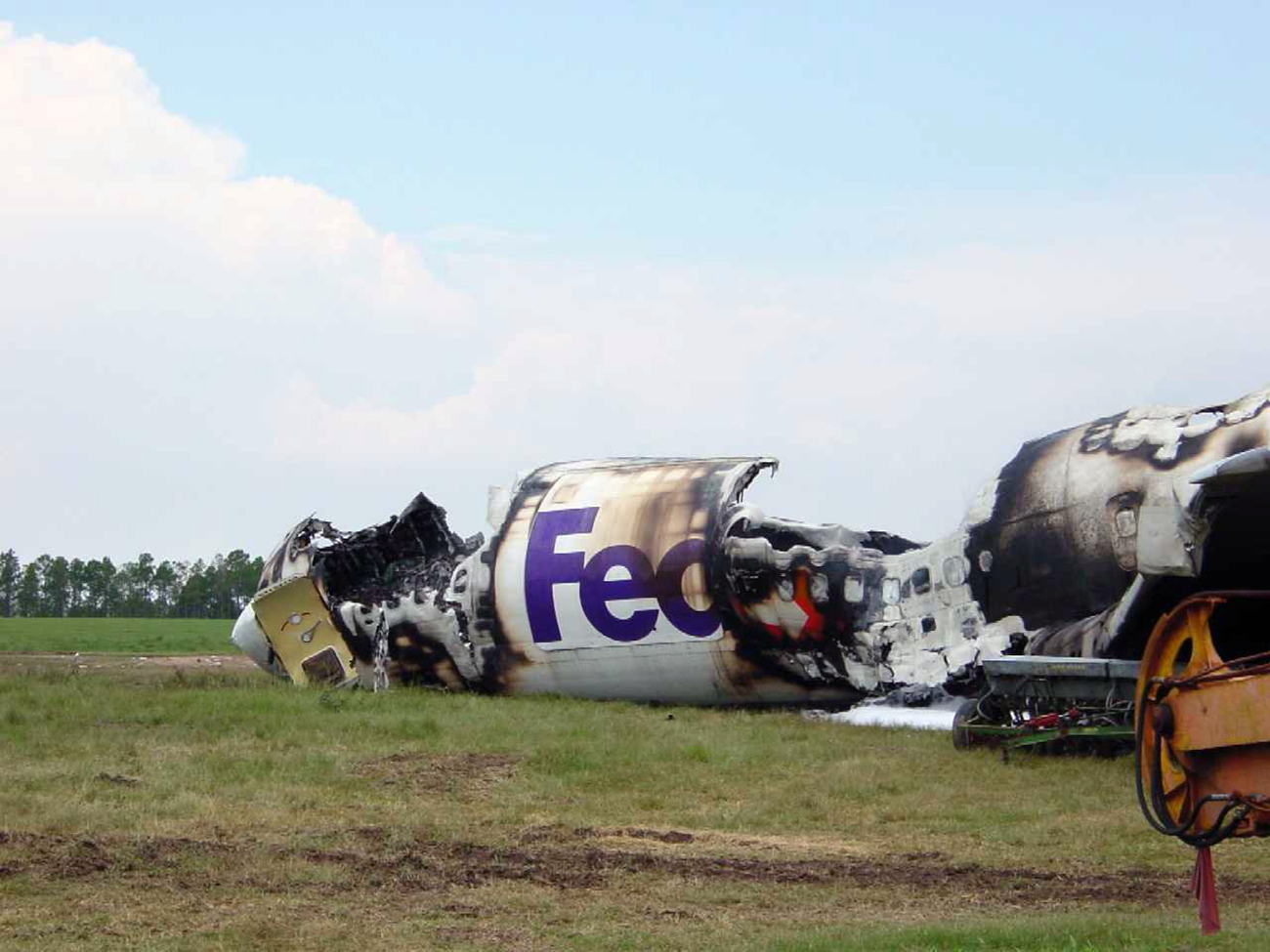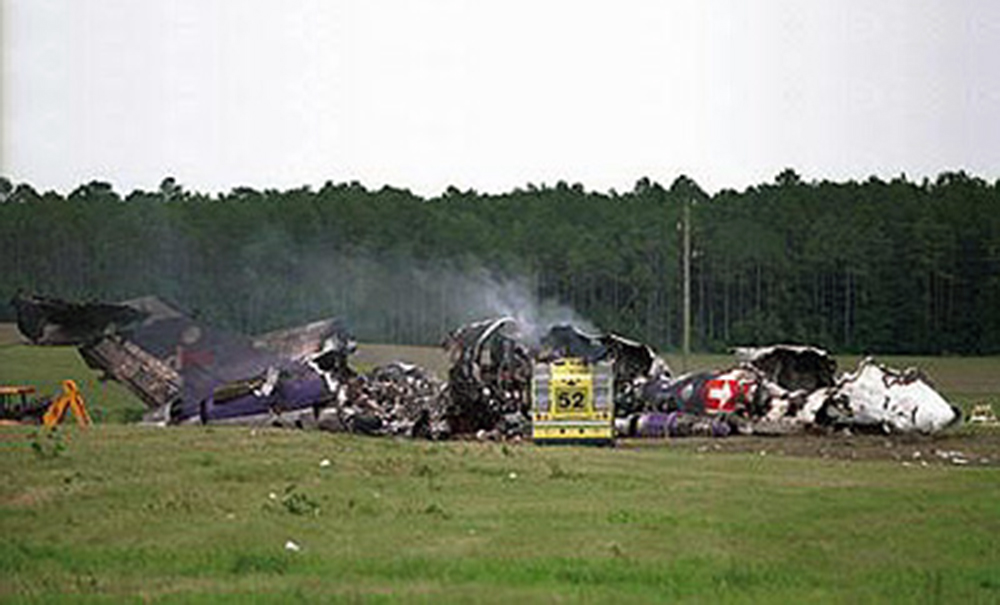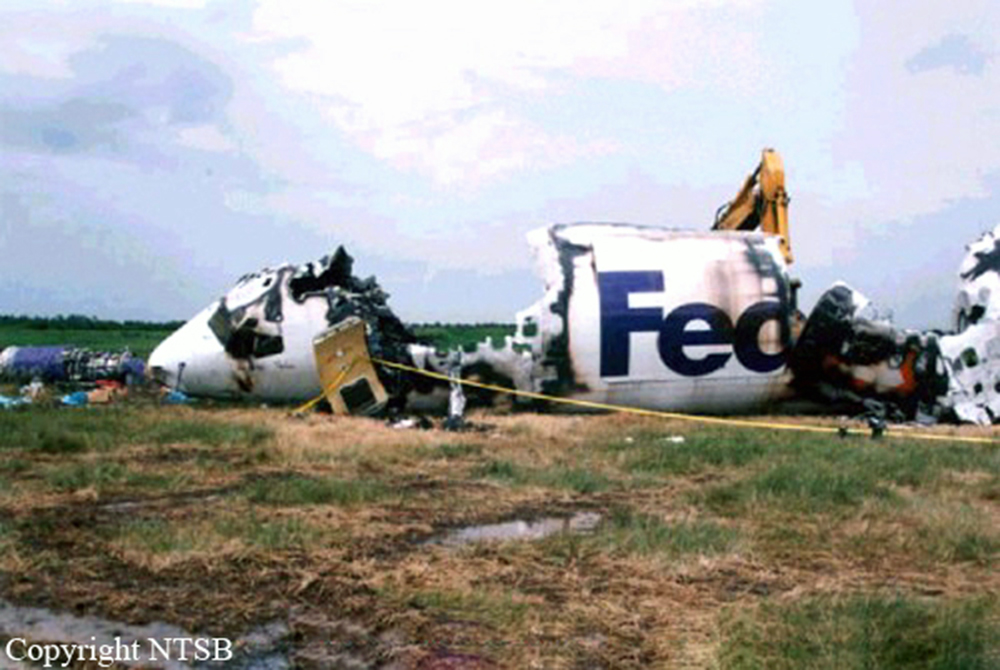Crash of a Reims/Cessna F406 Caravan II in Muyowosi-Murungu
Date & Time:
Aug 13, 2002 at 0815 LT
Registration:
5H-TZC
Survivors:
Yes
Schedule:
Dar es-Salaam – Muyowosi-Murungu
MSN:
406-0028
YOM:
1988
Crew on board:
1
Crew fatalities:
Pax on board:
9
Pax fatalities:
Other fatalities:
Total fatalities:
0
Captain / Total hours on type:
2000.00
Circumstances:
The aircraft was operating a charter flight to carry a party of hunters to Muyowasi-Murungu Airstrip. It took off from Dar es Salaam at 06:00 with one pilot and nine passengers. It was also carrying a load of supplies for the Muyowosi hunting camp. The flight to destination was uneventful and the runway was in sight at 08:14 hours. On reaching the runway the aircraft was too high and the pilot had to lower the nose for descent to flaring height. When the aircraft was finally flared, it gained speed and floated for much of the way down the runway. After covering about two-thirds of the runway length the brakes became effective and the aircraft swerved to the right. On crossing the right edge of the runway it collided with stumps and trees as it rolled in the bush parallel to the runway centerline. As it did so the nose landing gear struck a stump and collapsed, causing both propellers to strike the ground. The aircraft finally came to rest a short distance beyond the right end of the runway. There was fuel spillage but fire did not brake out.
